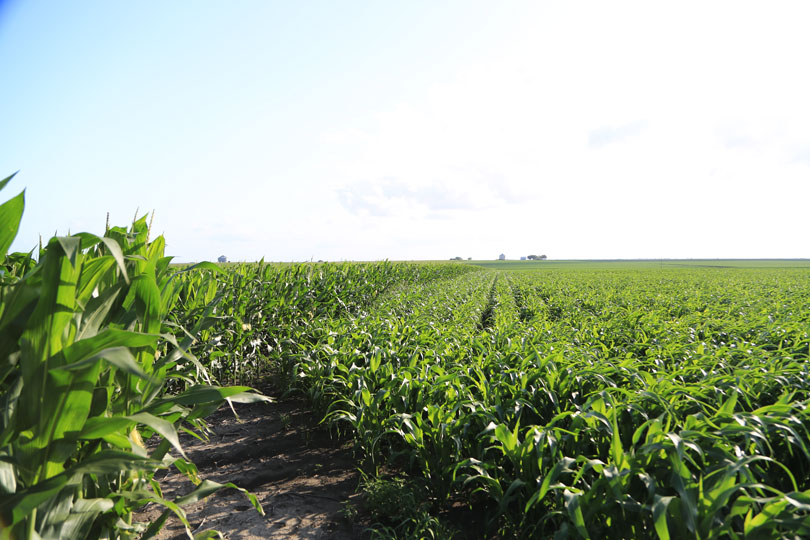By Jessica Domel
Multimedia Reporter
The U.S. Senate Committee on Agriculture, Nutrition and Forestry approved its 2018 Farm Bill in a 20-1 vote, sending the bill to the Senate floor for debate later this month.
Sen. Chuck Grassley was the lone dissenting vote.
“This is the not the best possible bill, but rather this is the best bill possible,” Chairman Pat Roberts said.
The 1,000-plus page bill builds upon the framework of the 2014 Farm Bill and is a work of bi-partisan cooperation.
“Over the past year and a half, we’ve put our political differences aside and focused on listening to people who have a stake in the farm bill,” Committee Ranking Member Debbie Stabenow said. “From farmers and rural leaders to conservationists and food advocates, we heard loud and clear that they need the certainty of a five-year farm bill.”
The bill allows farmers to pick either the Agriculture Risk Coverage (ARC) or Price Loss Coverage (PLC) programs from Title 1.
It provides fixes, according to the committee, to areas the agricultural community has found lacking in the 2014 Farm Bill.
It replaces the Dairy Margin Protection Program created in the 2014 Farm Bill with an improved program called Dairy Risk Coverage.
“The absolute requirement of this committee is to provide farmers, ranchers, growers and everyone within the agriculture and food value chains certainty and predictability—especially during these very difficult times,” Roberts said. “This is absolutely paramount to any other concern.”
Roberts told the committee it is not an exaggeration to say the nation’s food and fiber production capability hangs in the balance of their actions.
“We are continuing to craft a farm bill that meets the needs of producers across all regions and all crops. All of agriculture is struggling, not just one or two commodities. We must (pass) a bill that works across the countryside,” Roberts told the committee.
The farm bill draft increases acreage in the Conservation Reserve Program to 25 million acres.
It also calls for stronger trade promotion programs, rural development and research.
“With trade uncertainty, we must provide certainty for trade and research programs. Feeding an increasing global population is an agricultural and national security challenge. Show me a country that cannot feed itself, and I’ll show you a nation in chaos,” Roberts said.
The bill does not include work requirements for those using the Supplemental Nutrition Assistance Program. Instead, it calls for a system to ensure participants aren’t drawing payments in two states and a way to ensure the integrity of the system.
Committee members offered several amendments to the bill Wednesday morning. One proposed additional changes for the Agriculture Risk Coverage program. Another proposed reimbursement to dairy farmers for the payments they made under the Margin Protection Program for dairy before it was fixed. Another called for promoting trade with Cuba..
“It can deliver much-needed certainty for farmers. One way it does so is by protecting crop insurance, a crucial tool for our farmers who face challenges such as natural disasters or inclement weather that can wipe out an entire operation,” Senate Majority Leader Mitch McConnell said.
It also includes funding to combat the opioid crisis and to support McConnell’s hemp farming act.
The Kentucky senator told the committee tobacco acreage is down and farmers are interested in growing hemp, which the U.S. now imports.
“This is not the other plant,” McConnell said. “I know there are farming communities all over the country who are interested in this.”
Hemp, according to McConnell, can be used in creating many items, including pharmaceuticals and dashboards.
The bill, SR 332, is expected on the Senate floor before the Fourth of July holiday.
The House is expected to reconsider its ag committee-passed farm bill before June 22.
The current farm bill expires Sept. 30.

